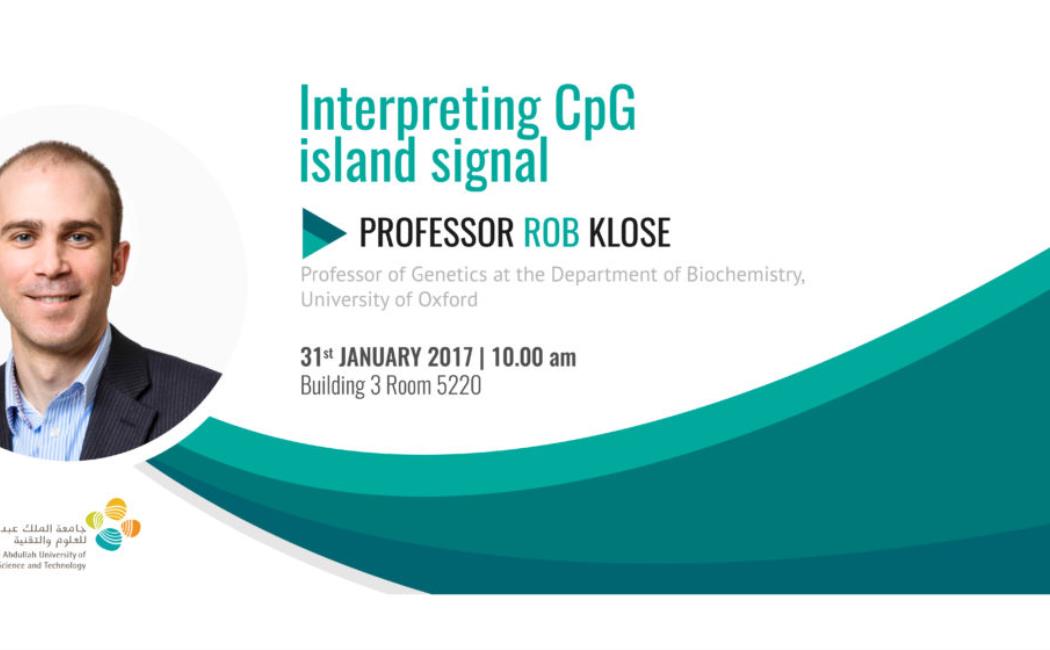
Interpreting CpG island signal
In vertebrate genomes most CpG dinucleotides are methylated on the 5 position of cytosine and this epigenetically maintained DNA modification contributes to transcriptional repression. An exception to this generally pervasive methylation in normal tissues are short contiguous stretches of DNA that have a high CpG content, called CpG islands (CGIs), which are refractory to DNA methylation and found associated with up to 70% gene promoters. CGIs are specifically recognized by a class of ZF-CxxC DNA binding domain-containing chromatin modifying enzymes that interpret the non-methylated CpG signal and translate this into a unique chromatin environment at CGI elements. Here I will explore the mechanisms by which CpG island elements create chromatin modification states that regulate gene expression.
Biosketch: After studying Biology at the University of Waterloo Dr. Klose carried out PhD studies as a Wellcome Trust Prize Student at Edinburgh University in the laboratory of Prof. Adrian Bird. There he contributed significantly to our understanding of how DNA methylation signals are interpreted by cellular machinery. For his Post-doctoral work, which was supported by the Canadian Institutes of Health, Dr. Klose joined the research group of Prof. Yi Zhang at the University of North Carolina at Chapel Hill. In seminal work he identified and characterized some of the first histone lysine demethylase enzymes involved in regulation of gene expression. In 2008 he was awarded a Wellcome Trust Research Career Development Fellowship to set up his independent research group in the Department of Biochemistry at Oxford University, where he continues to study fundamental principles of gene and chromatin regulation. Dr. Klose is the recipient of several prestigious awards including the EMBO young investigator prize in 2011 and the Lister Institute Research Prize in 2011. He became a Wellcome Trust Senior Research Fellow in 2013.